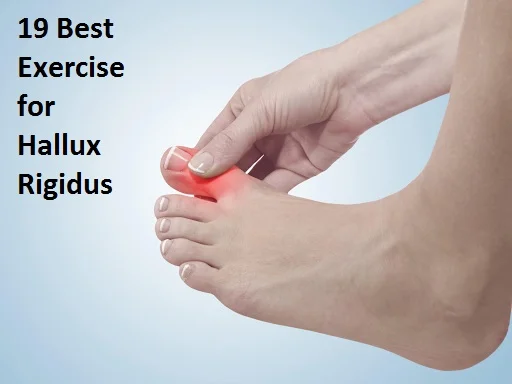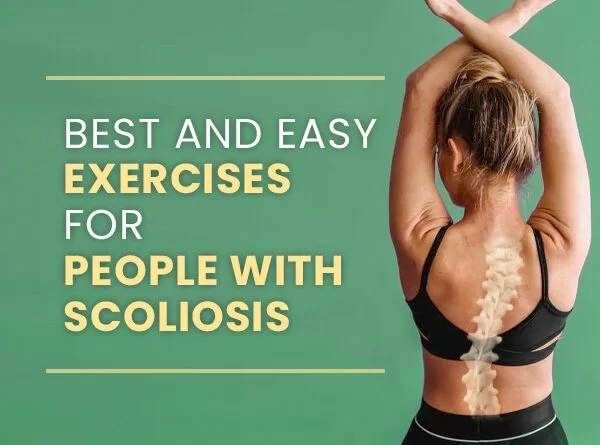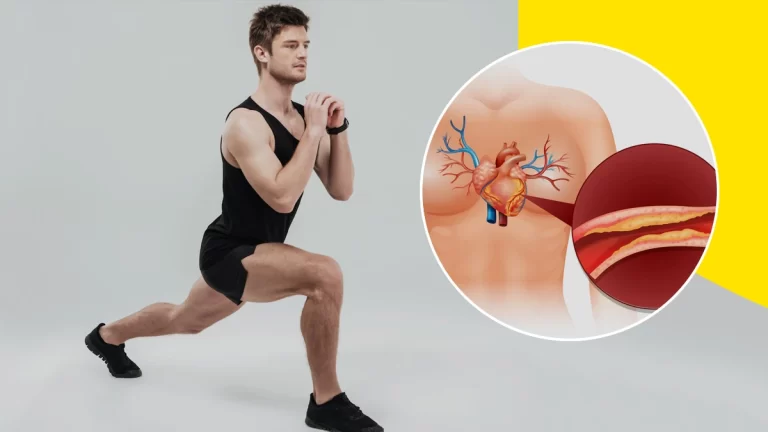19 Best Exercise for Hallux Rigidus
Exercise for Hallux Rigidus is an important part of your overall treatment program along with splints, medical treatment and Physical therapy.
Regular exercise can be beneficial for managing hallux rigidus, but it’s essential to choose activities that do not exacerbate the condition. One of the best exercises for individuals with hallux rigidus is low-impact and non-weight-bearing exercises. These activities help to maintain overall joint mobility and cardiovascular fitness without putting excessive stress on the affected joint.
Table of Contents
Introduction
The hallux rigidus condition is the foot deformity. It is described or defined as the occurrence of osteoarthritis of the first metatarsophalangeal joint which is connected to the first big toe of your foot. the meaning of hallux rigidus is the ” stiffness of big toe”. This condition is responsible for difficulty in walking and painful foot. during this condition the big toe of your foot becomes very stiff there is a problem while the movement of the toe. Sometimes after rest, you can experience the inability to bend your toe it is called a frozen joint the movement of the big toe is very painful. the surrounding area of the big toe becomes red and swollen. When it is cold you feel or experience more pain in your big toe. cause of stiffness you feel severe-deep(dull ache pain) so it is called the hallux rigidus condition.
During the hallux rigidus condition, you experience difficulty in day-to-day activity severely .becouse of this severe pain you can change your walking pattern(locomotion)which can cause issues with your knee, hip, or even your back.
In this article, you learn many exercises related to the hallux rigidus condition. the exercise included a range of movement exercises, stretching exercises, and the end with the strength exercises and also add massages for the tightened foot muscles. the exercise increase or maintains joint mobility increases the strength of muscles and also relaxation to tight muscles.
Causes of Hallux Rigidus
- Repetitive stress on the big toe
- Abnormal muscles imbalance of the foot
- Deformity of flat foot
- Inflammatory diseases (such as rheumatoid arthritis) or rheumatoid arthritis
- degenerative joint diseases(osteoarthritis)
- Gout
- Sometimes this deformity can be genetic
The common symptoms of the Hallux Rigidus
Pain in or around your big toe(you can feel deep, severe, and dull ache type of pain)
Stiffness in your big toe…
Swelling around your big toe…
Decrease the range of movement of your big toe…
Developed a bump that looks like a Hallux valgus on top of a big toe…
Joint enlargement…
Reduce the plantarflexion range of the ankle joint
Increase the pain during walking, running, and squatting
Limping (in severe cases)
Some activity or condition which is aggravated the symptoms of this condition
- Standing or moving
- Cold and wet weather
- Wearing in fitted footwear(shoes)that are too tight or don’t properly fit.
Hallux rigidus risk factor
Anyone can suffer from this condition but most commonly seen in certain groups of people or seen in certain medical conditions can make developed the hallux rigidus including:
- People older than 50 age
- common in women compared to the males
- Athletes
- Prolonged standing during work(or such work you can use your feet all day)
- Rheumatoid arthritis
- Gout
- Autoimmune disorders that are reasons for inflammation
- Osteochondritis dissecans.
- history of trauma increases the risk of unilateral hallux rigidus
- Knee osteoarthritis
- The greater height of the patient is sometimes one-factor development of the hallux rigidus condition
The Best Exercise for Hallux Rigidus
Toe Strech
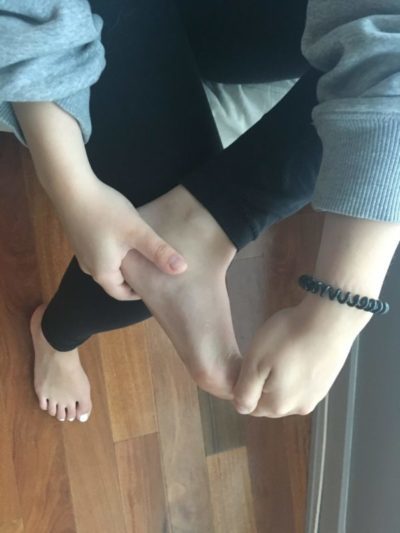
The toe stretch starts by standing in a neutral position. Step forward with the affected leg and kneel. Move your upper body forward so that your weight is over your toes. Slowly bring your knee up until it touches the floor and your affected leg is vertical.
You will experience tension in the ball of your foot. Strengthen the stretch by letting your toes hang loose. Hold the stretch for two to 30-60 seconds, which is essential. do three times per session with proper grip. Finish and repeat with the other leg if necessary.
Foam Roll foot massage
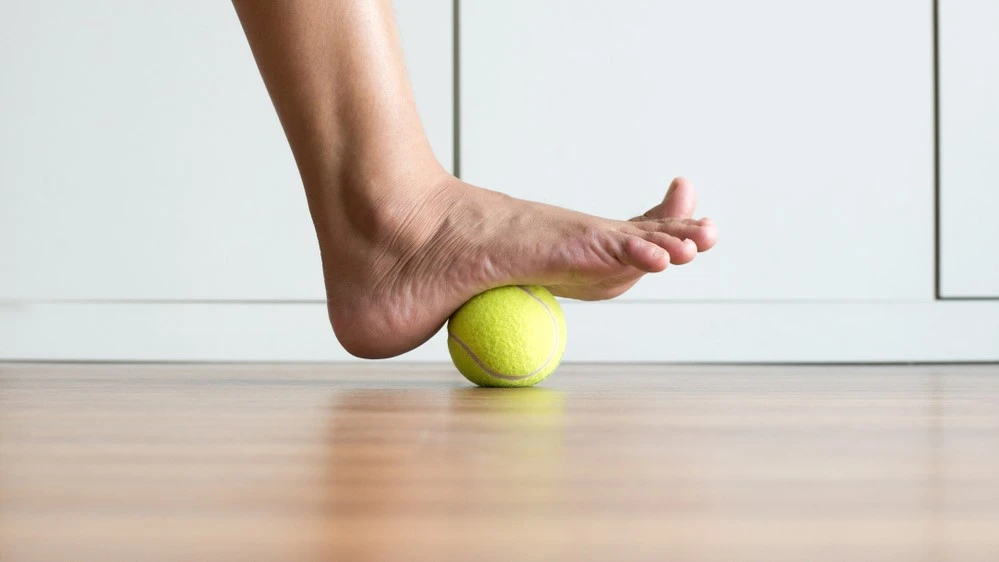
For this massage exercise, you will need a Mini Foam Roller. Roll slowly for two to five minutes for the most results. You can stand on a chair and then place the foam roller between your legs. Place the Mini Foam Roller under the feet of the affected leg.
Tighten the foam curler as much as possible and slowly move it forward, keeping your heels on the ground. If you want, barely move your position to maintain the tension. When you reach the arch of your foot, slowly bend your foot inward and turn the threshold.
Continue to roll over the inner heel. As your feet touch the ground, shift your weight over the curler and nail the ground with your feet. Turn your heel to the threshold and finish. If necessary, repeat on the opposite leg.
Spread your toes
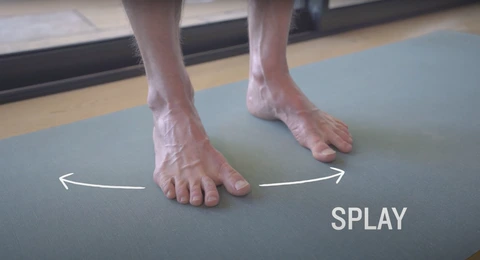
Spread toes train the mobility of the toes and fingers. you can do it standing, sitting, or lying down, it will definitely improve your feet closer to the sky and open them as much as possible, although you have wads between them to dry your toenails after your pedicure.
Hold it for a few seconds (5-10 seconds), lower your leg, and do it again. Repeat this for about a minute and then move your toes. This muscle-strengthening workout stretches the muscle tissue down to the toes and legs and provides a satisfying sense of relief. Standing heel raise
The standing heel raise
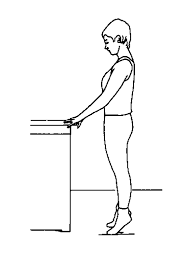
This exercise Performed at the same time as standing, facilitates the strengthening of the calves and stretching of the Achilles tendon. This exercise provides strengthens the calf muscles including gastrocnemius, soleus, and planters.
Stand on a flat or slightly elevated surface, stabilizing your weight on the balls of your feet. Carefully rise to your feet and hold the “peak” function for a few seconds, then lower to the ground. At the consultation, you can repeat it up to 25 times and do 3-4 copies a day. and hold the heel raise position for a while hold is not necessary. until you feel no pain.
Raise and lower yourself slowly, because the controlled movement is what does the exercise. space heel adds an exercise you can download at some point in your development.
Toe Rotations
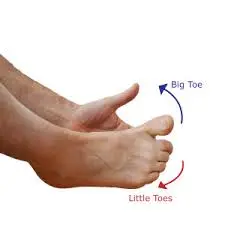
Toe rotation exercises increase the mobility of the joints and reduce their stiffness. Start by moving your big toe in a circular motion for 30 seconds, then switch directions every 30 seconds.
When the minute is up, switch legs and do the same. Repeat five to ten times for each toe. Performed three sets per day. Alternatively, if you have trouble turning the toe, you can tuck the toe in and manually turn it to achieve a full range of motion.
It’s one of the great physical activities you can do, and there are a number of methods you can use to add some space to it, including converting a circle to a figure eight or writing the alphabet in the air.
Toe Curls
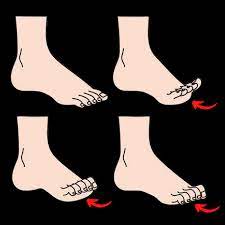
During toe curls exercise to flex your toes muscle groups By slowly flexing your leg and flexing the associated muscle groups, you will quickly notice that your leg becomes a digital movement with which they no longer have a common relationship.
You get versatile movement by extending them up after opening. Do this for about a minute, pause, and cross one more time until you have completed 3 reps. You have to do 3 sets per day.
Figure eight rotation
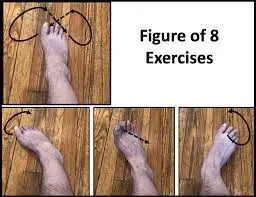
The figure eight rotation exercise is a very simple exercise for this condition same as the toe curl, in this exercise, you make a figure of eight through the big toe (you move your toes in a figure eight motion instead of a circle).
It helps improve the flexibility and range of motion of the big toe muscles. Repeat 10 times for each toe, 2-3 sets. The Figure Eight rotation is a very simple exercise that you can perform.
Strengthen the muscles with toe pulls
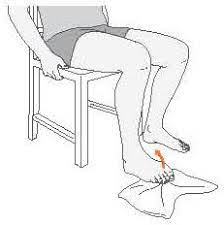
This exercise also known as toe pulls, this exercise can improve strength and flexibility. It stretches the muscles and tendons of the leg, reducing stiffness and increasing the mobility of the affected joint. Additionally, it can improve the overall stability of your foot and prevent further injury.
Place a towel or small towel under your feet while you sit with your feet on the floor. Pull the towel towards you with your toes and bend your toes in the same way. Hold the position for three to four seconds, then release and repeat the exercise. Add resistance by placing a weight or object on the towel.
Toe resistance exercises
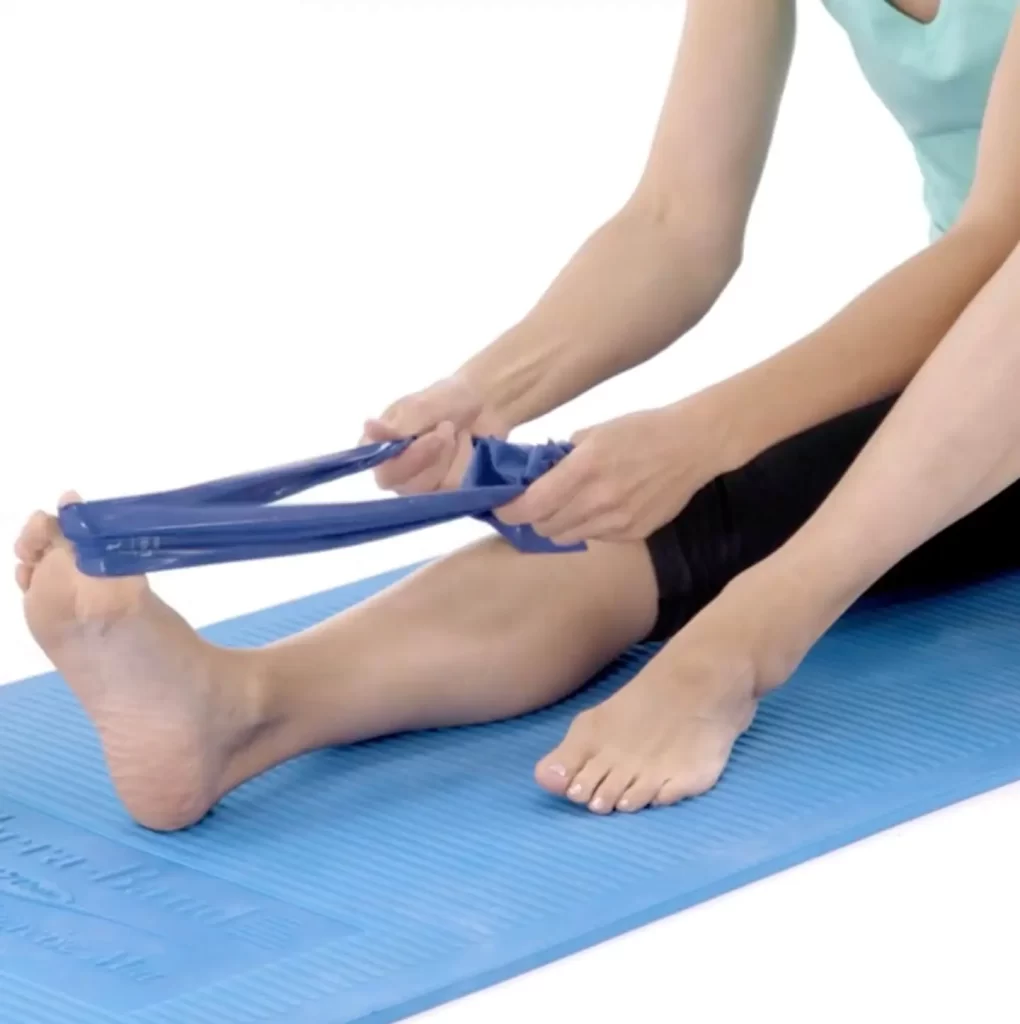
For this exercise, you needed a resistance band for this exercise. Start with your hands or different big toes to create resistance so that the small muscle groups in the leg are remote-controlled and activated.
Place your finger on the tip of the big toe and move the toe in the opposite direction while slightly pressing down. Hold the opposite direction movement for five to ten seconds. Then place your finger under the toe and practice the effort by pushing the toes up. At the same time, press down on the toe and hold for 10 seconds.
Finally, move your finger to the side of the big toe, pushing it towards the other toe. As you apply this tension, move the big toe away from the little toes. Do this entire exercise five times on each leg. performed three sets per day.
Toe circles
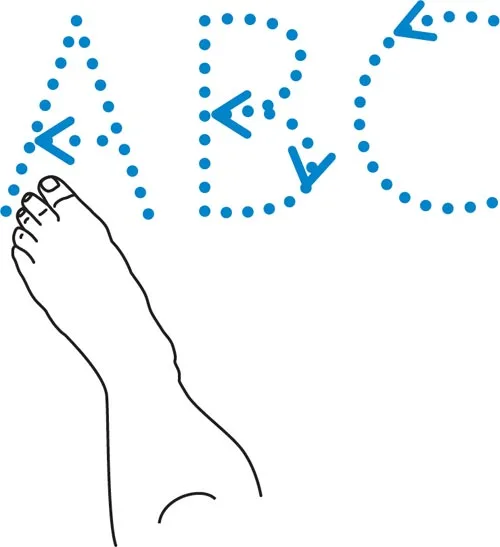
For the toe circle exercises, you can be sitting in a chair. Bring the leg to the knee and take the big toe with your hand and roll it in a circular motion.
It continues to travel together. At first, these physical activities may also seem unnatural and difficult to do, but with time and persistence, you will get the hang of them. you can do this exercise for one to two minutes. performed three sets per day.
Foot-screw

For the foot screw exercises, you can Sit on the floor. Let the knee sink outward onto the pillow or ball. Now place your foot on the threshold. Hold the heel together with the left hand.
Now move your right hand along the threshold of the calf and pull the leg by the width of the foot. Now turn your foot forward just slightly and spiral down to the resistance of the foot on the inside edge of the foot. Then bring the leg back and repeat the screw-like movement several times. Repeat the exercise with the left leg. It has this effect
In the therapy based on the “foot screw” exercise, all the muscle groups that support the leg are trained in a spiral way. At the same time, it strengthens the static strength of the leg.
Marble pickup

The exercise of picking up marbles provides the strength and endurance of the muscles of the toes. start the exercises by sitting straight in the patronized chair with your feet on the ground.
Place 10 to 15 marbles and put a small bowl on the ground in front of you. Pick up one marble at a time with your foot and send it into the bowl. Use one foot to pick all 20 balls. Repeat with the opposite leg.
Sand walking
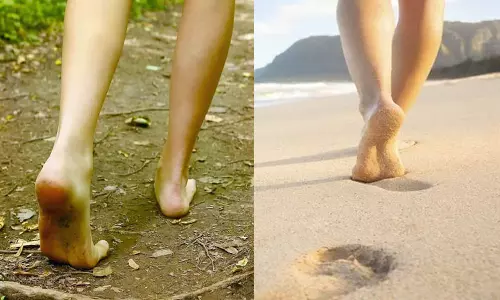
Walking barefoot through the sand strengthens and stretches your legs and gives you a very good calf. Walking on sand is more tiring than walking on hard roads, so make sure you switch to laps earlier when you are exhausted.
Look for sand, like at the beach, desert, or volleyball court. Take off your shoes and socks.
Then walk for a few minutes.
Toe raise, point, and curl
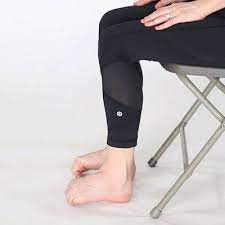
These three compartments of exercise move your feet and toes. start with the sit-up straight on the chair with your toes hanging on the floor. Keep your feet on the floor and lift your heels until the balls of your toes and feet touch the floor most comfortably.
Hold for 5 seconds. Orient the foot so that the most comfortable ends of the massive and 2d foot touch the floor. Hold for 5 seconds. Keep your heels off the floor and swing your feet down so that the tops of your feet touch the floor. You have three to five seconds to maintain the posture. Repeat each role 10 times.
Soleus Stretch off a step
The soleus stretch of a step exercise is used for ankle Stability.
start with Standing upright with both knees in the flexion position.
Now you should maintain your knee flexion during the lifting of your heels off the ground or surface. Slowly back to your starting position to complete the stability exercise. performs 5-7 times per session and 3 sets per day.
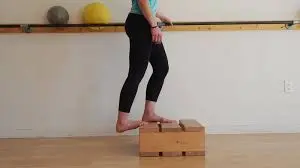
Single Leg Balance On a Cushion
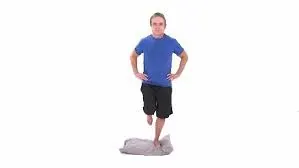
The single leg balance on cushion exercise is used for foot Stability while progression duration. Start with the Standing position(stand on one leg) and then one foot put on a cushion.
Hold your opposite leg hip in flexion and knee in 90-degree flexion.
Focus on a stability point of the exercise in front of you. Hold this position for a few seconds. and gradually increase the hold for this stability exercise.
performs 5-7 times per session and 3 sets per day.
Hallux Rigidus Stretch
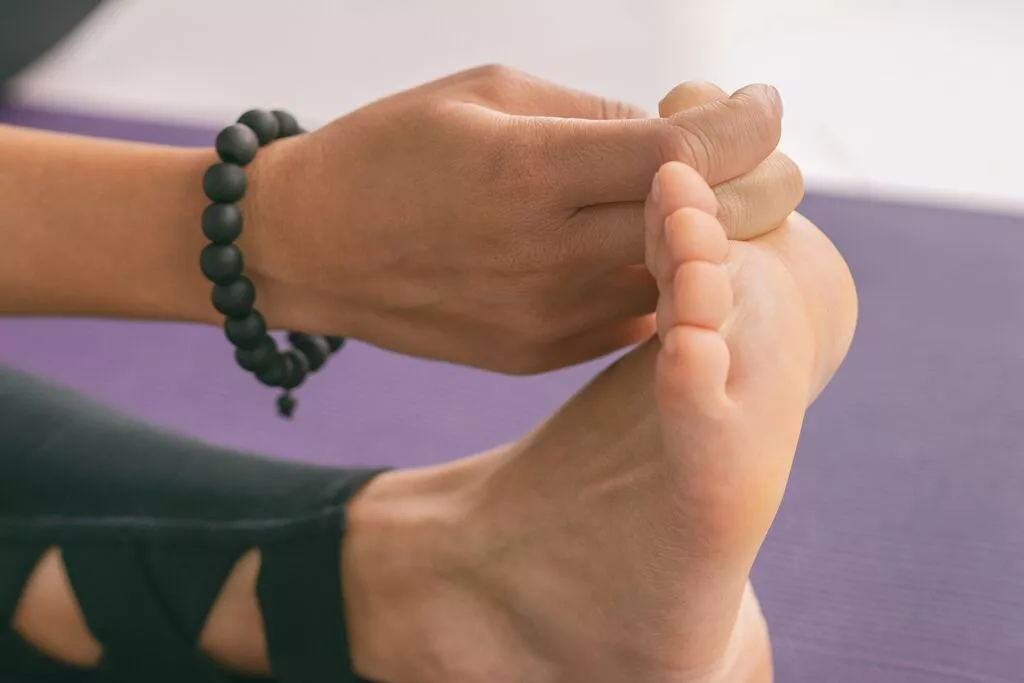
The hallux rigidus muscle stretch For Mild Symptoms of this deformity.
you can perform this exercise in a sitting position or Standing upright, facing the wall. the position depends on your
slight give flexion to the knee during keeping your heel on the floor during the standing position.
Bring your knee as near to the wall or step as you can or if possible.
Hold this position or stretch for 30-60 seconds.
performs 5-7 times per session and 3 sets per day.
Flexor Hallucis Longus Strengthening
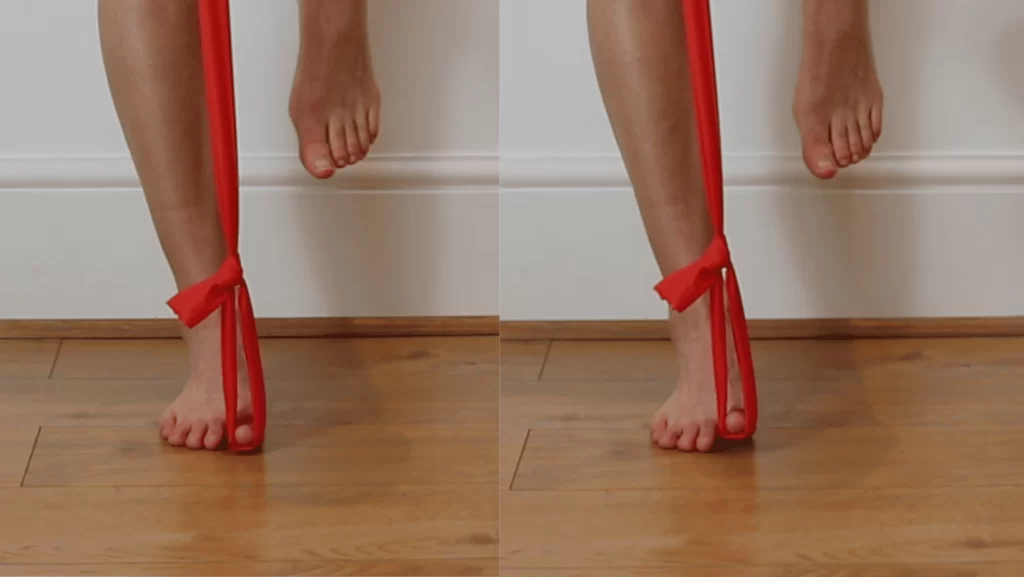
This exercise provides strength to the muscles. for this exercise, you required a resistance band and then wrap a resistance band around your big toe. The resistance band you can choose according to your strength of foot muscles.
back to the big toe against the floor, the resistance band keeps the other toes still gradually releasing the big toe upwards to complete the strengthening exercises. performs 7-10 times per session and 3 sets per day.
Soleus Muscle Strengthening
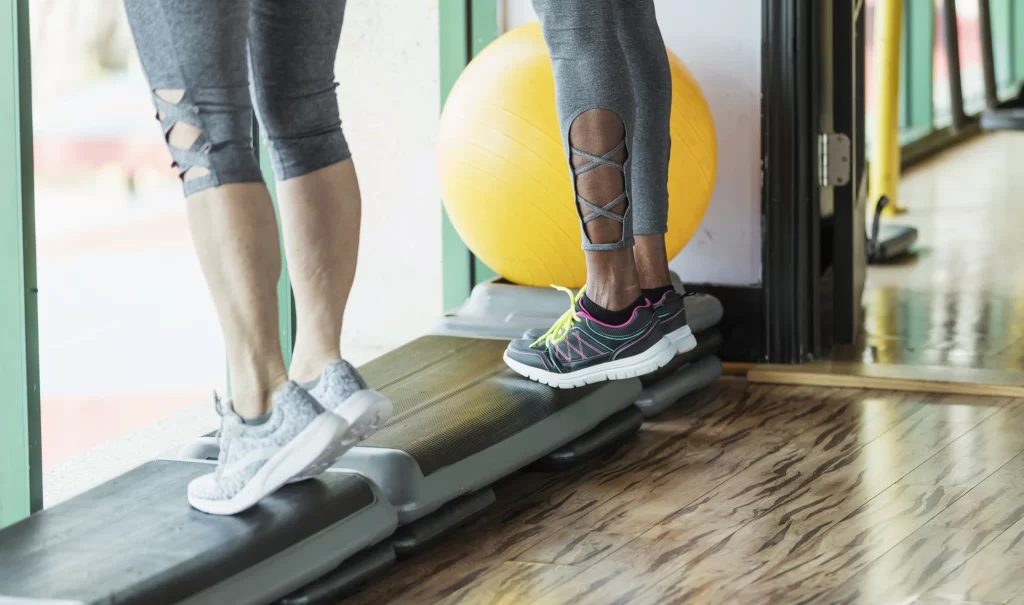
Start the exercise by Standing upright with both knees in a flexion position.
Maintain the flexion position of your knees while raising your heels off the ground.
gradually return to your starting position to complete the strengthening exercise. performs 7-10 times per session and 3 sets per day.
Please note that it is essential to consult with a healthcare professional, such as a podiatrist or physical therapist, before starting any exercise regimen for hallux rigidus. They can provide personalized advice based on the severity of the condition and individual health considerations.
Another treatment of Hallux rigidus
The type of treatment you required it is totally depends on the severity or stage of your symptoms or condition and what caused the hallux rigidus. Your provider may recommend:
Changes in footwear: Wearing shoes that allow enough room for the toes can relieve pressure on the MTP joint. Hard shoes relieve pain. Avoid wearing high heels or shoes that pinch the toes (little toe).
Limitation of the movement: To support your big toe and restrict its mobility, your doctor may suggest OTC pads that you can put in your shoes. You may need to avoid activities that stress the toe, such as running or sports.
Pain relievers: Over-the-counter nonsteroidal anti-inflammatory drugs (NSAIDs) can relieve pain and reduce swelling. Do not take NSAIDs for more than 10 days in a row without talking to your provider.
Ice: Applying ice or cold packs to the injured toe may relieve your symptoms. Wrap the cold pack in a thin towel so that it does not come directly on the skin. you can apply an ice pack or ice massage it depends on you the cryotherapy should be 15-20 minutes.
Corticosteroids: Corticosteroids are prescription medications that reduce inflammation. You may need a cortisone injection directly into the big toe.
Foot soaks: Your healthcare may recommend soaking your feet in a contrast bath, alternating between hot and cold water, contrast baths reduce inflammation. Place your feet in hot water for 4-5 minutes and then immediately in cold water for 4-5 minutes.
How do you Prevent the Hallux Rigidus condition?
you can not prevent the development of the hallux rigidus condition but you can stop the growth of hallux rigidus condition or you can slow down the progression of the hallux rigidus condition:
Physical therapy Keep exercising your big toe joint to provide mobility to the joint
Take rest: of your joint after intense exercise or physical activity- avoid exercise during pain you can do exercises at a pain-free range
Wear well-fitted shoes avoid slippers and uncomfortable shoes
The orthotic device maintained the normal anatomical posture of the foot.
Shoe modifications
The non-surgical treatment of foot disease can benefit greatly from shoe alterations and orthotics. Therapeutic footwear can improve the patient’s gait and increase the level of the walking pattern.
Shoe selection is very important, as high-heeled shoes preload the MTP1 in dorsiflexion, which is likely to worsen symptoms over time. Certain footwear can exacerbate symptoms, such as footwear with stiff upper and back seams or reinforcements at the M1 interface; however, the introduction of some sports shoes, such as soccer and golf types or safety shoes for professional reasons, also seems to encourage development. Conversely, a shoe with a soft upper and ample toe area reduces the irritation of osteophytes.
High-toe shoes can help prevent direct contact between the shoe and posterior osteophytes, reducing pressure on the joint. Some authors suggest possible stretching with ball and ring pairs to further adjust the deformation; this can be done to accommodate dorsal osteophytes and works best with a soft leather shoe.
Custom shoes may be required to fit the orthotic device. In durable cases, the shoes can be changed to have a toe swing and an extended steel shank at the bottom of the shoe. These changes further reduce the range of motion and torque exerted by the foot during mid-stance. To ensure good communication between the prescribing physician and the orthopedist, the written prescription must contain all the necessary parts and be unique for each patient.
Orthotics
The orthosis is little evidence to support the role of orthotics and supportive footwear in the treatment of hallux rigidus and this management modality may be most appropriate for lower hallux rigidus and selected patient populations.
barefoot and shoes patients and found that abnormal biomechanics of the foot can contribute to MTP1 joint dysfunction and that shoes can exacerbate these abnormal factors. In addition, additional studies have supported the idea that abnormal foot biomechanics can lead to MTP1 dysfunction and subsequent dysfunction. Shoe modifications and orthotics have been commonly used in the treatment of HR to alter the biomechanics of the first MTP1 joint, limiting irritation caused by dorsal osteophytes and reducing joint motion and mechanical stress.
An extended shank is a common orthosis used to control hallux rigidus. Shank can be inserted into almost any shoe and can be used with an arch sole to improve its function. The shaft also acts as a splint, which prevents the shoe from bending and limits the dorsiflexion of the big toe during walking and reduces the forces on the midfoot and forefoot. The rocker is one of the most common modifications, function of the rock is the foot from the heel to toe without asking the shoe or foot to bend. Unfortunately, a lot of orthotics take up less room within the shoe, which can put more strain on the MTP1 joint’s dorsal aspect. Therefore, a high-toe box should also be used to avoid direct contact between the dorsal osteophyte and the shoe.
Appropriate foot orthoses must provide adequate cushioning and cushioning, provide adequate cushioning, adjust weight-bearing pressure, load, and support through the full contact concept, reduce surgery, correct or support flexion deformities, limit joint movement, and adjust fixed deformities. Foot orthoses can be prefabricated or, even better, custom-made directly from the subject’s foot mold.
Tips from Samarpan Physio. Clinic If you have a Hallux Rigidus condition
The hallux rigidus condition required a proper posture of your big toe so start treatment with the orthosis such as a night splint this orthosis or shoe insert provides all time a great posture for your big toe. With this exercise, you will work your whole foot, which has significant mobility and strength advantages. the exercise also works to decrease the pain and improve your overall movement which is performing day-to-day activities.
and then consulting with the physiotherapist you can also visit our clinic for regular exercise. you can perform two sessions of exercise per day. Exercise helps your foot maintain good posture, the flexibility of its muscles, and the range of motion in its toe joint. If the exercise does not correct your hallux rigidus deformity so you can prefer the surgery.
FAQs
hallux rigidus tretment exercise
Towel curl…
Toe press, point, and curl…
Toe stretches…
Toe extension streches..
Toe flexion and extension…
Foam roll massage…
flat feet exercise …
you can not prevent the development of the hallux rigidus condition but you can stop the growth of the hallux rigidus condition or you can slow down the progression of the hallux rigidus condition. Take rest of your joints after intense exercise or physical activity- avoid exercise during pain you can do exercises at pain-free range Wear well-fitted shoes avoid slippers and uncomfortable shoes Orthotic device maintained the normal anatomical posture of the foot. Physical therapy Keep exercising your big toe joint to provide mobility to the joint.
During the hallux rigidus condition, you experience difficulty in day-to-day activity severely .becouse of this severe pain you can change your walking pattern(locomotion)which can cause an issue with pain in your knee, hip, or even your back. so this condition affects this joint in the chronic stage.
Move the ball under your big toe (you can use any type of ball) then roll the ball and make a circular motion through your big toe where you experience more pain so that you can put more pressure on that area through the ball. continue this massage for 1 minute. after the massage, you can experience relief to the foot muscles.
Great toe extension stretch this is a very beneficial exercise
Sit in a chair, and keep your deformity foot across your other knee.
Stabilize your heel with one hand, and with the other, carefully move your lone big toe back.
Hold the extension stretch for at least 30 -60 seconds.
you can repeat it 3-5 times.
If you have arthritis, you may want to avoid or stop some specific types of exercise. during joint-damaging arthritis, you should avoid high-impact activity exercise running, jogging, jumping rope, or vigorous aerobic exercise. Too much exercise or high-impact exercises during a such condition may result in increased joint pain, cause inflammation, and damage to the joint cartilage.
Foot specialists recommend gentle low-impact exercise for those with Hallux Rigidus. Ideally, during this deformity, the patient is unable to walk or has difficulty in that walking. if you are able to walk so you can continue walking. for walking there is no specific duration.
Symptoms are due to cartilage wear, altered joint mechanics, and osteophyte formation, especially in the dorsal part of the head of the first MT. Hallux rigidus pain is usually caused by dorsal osteophyte impingement, shoe-related pressure on the visible osteophyte, or both.
The following remedies can help treat the toe joint pain treatments including:
resting the foot.
elevating the foot.
icing the big toe for 20 minutes every 2–3 hours.
using a compression bandage to reduce swelling.
wearing a pair of soft-soled, broad, comfy shoes with no heel.
placing pads or soft soles inside shoes.
gently stretching the foot muscles.
Duration of Six months after surgery patients are usually able to return to their normal activity such as ambulation, including participating in high-impact sports. after surgery, you can suffer from swelling at some point, but a year after your operation healing should be complete and any present swelling will have disappeared. after surgery, you can visit the physiotherapy center for mobility, flexibility, and the strengthening of the muscles.

